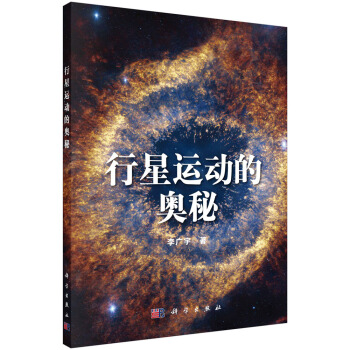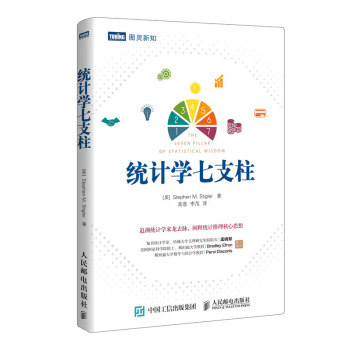![超细晶材料的晶界和超塑性(影印版 英文版) [Superplasticity and Grain Boundaries in Ultrafine-grained Materials]](https://pic.windowsfront.com/12289077/5a814ac4N67cc377f.jpg)

具体描述
内容简介
《超细晶材料的晶界和超塑性(影印版 英文版)》讨论了多晶体材料中超塑性和晶界滑动的问题,探讨了晶界形成和演化的微观结构,分析了经过剧烈塑性变形的材料的晶界、纹理和系综的变化,同时考察了晶界在晶粒间界扩散、弛豫和晶粒生长过程中的作用。《超细晶材料的晶界和超塑性(影印版 英文版)》适合从事超塑性研究的相关人员使用,也可供高等院校相关专业的师生参考。
目录
ContentsINTRODUCTION
1 STRUCTURAL SUPERPLASTICITY OF POLYCRYSTALLINE MATERIALS
1.1. Structural levels, spatial scales and description levels
1.2. Structural superplasticity: from the combination of mechanisms to cooperative grain boundaries sliding
1.3. Structural superplasticity: from meso-description to macroeharacteristics
References
2 CHARACTERISTICS OF GRAIN BOUNDARY ENESEMBLES
2.1. Crystal geometry and structure of intercrystalline boundaries
2.1.1. Methods for describing the structure of the grain boundaries
2.1.2. Analytical representation of the basis of the coincident-site lattice for cubic lattices
2.2. Special grain boundaries in the monoclinic lattice
2.3. Description of the grain boundary misorientation distribution (GBMD)
2.4. Computer model of a polycrystal: a calculation algorithm
References
3 ORIENTATION-DISTRIBUTED PARAMETERS OF THE POLYCRYSTALLINE STRUCTURE
3.1. The distribution function of the grains with respect to crystallographic orientations: calculation methods
3.2. Relationship between the grain boundary misorientation distribution and the ODF
3.3. Correlation orientation of adjacent grains: the concept of the basis spectra of misorientation of the grain boundaries
3.4. Modelling the misorientation spectra of the grain boundaries in the FCC crystals with modelling ODF
References
4 EXPERIMENTAL INVESTIGATIONS OF GRAIN BOUNDARY ENSEMBLES IN POLYCRYSTALS
4.1. Diffraction methods of measuring misorientation
4.1.1. Methods of measuring the misorientation of two adjacent grains
4.1.2. The experimental measurement error
4.2. Experimental spectra of the grain boundaries in FCC polycrystals
4.3. Orientation distribution function in Ni-Cr alloy: experimental and modelling GBMDs
4.3.1. Orientation distribution function in Ni-Cr alloy and stainless steels
4.3.2. Modelling spectra of the misorientation of the grain boundaries in Ni-Cr alloy and AISI stainless steels: comparison with the experimental results
4.4. Special features of the grain boundaries in the FCC materials with a high stacking fault energy
4.4.1. Rolling and annealing texture of aluminium
4.4.2. Grain boundary ensembles in aluminium: experiments and modelling
References
5 GRAIN BOUNDARY SLIDING IN METALLIC BI- AND TRICRYSTALS
5.1. Dislocation nature of grain boundary sliding (GBS)
5.2. Formulation of the model of stimulated grain boundary sliding
5.3. Formal solution and its analysis
5.4. Special features of pure grain boundary sliding
5.5. Local migration of the grain boundary as the mechanism of reorganisation of the triple junction: weak migration approximation
5.6. Variance formulation of the system of equations for the shape of the boundary and pile-up density
5.7. The power of pile-ups of grain boundary dislocations
References
6 PERCOLATION MECHANISM OF DEFORMATION PROCESSES IN ULTRAFINE-GRAINED POLYCRYSTALS
6.1. Percolation mechanism of the formation of a band of cooperative grain boundary sliding
6.2. Conditions of formation of CGBS bands as the condition of realisation of the superplastic deformation regime
6.3. Shear rate along the CGBS band
6.4. Kinetics of deformation in CGBS bands
6.5. Comparison of the calculated values with the experimental results
References
7 PERCOLATION PROCESSES IN A NETWORK OF GRAIN BOUNDARIES IN ULTRAFINE-GRAINED MATERIALS
7.1. Effect of grain boundaries on oxidation and diffusion processes in polycrystalline oxide films
7.2. High-resolution electron microscopy of zirconium oxide: grain clusters, surrounded only by special boundaries
7.3. Effect of the statistics of the grain boundaries on diffusion in zirconium oxide
7.4. Special features of oxidation kinetics under the effect of stresses at the metal/oxide boundary
7.5. Texture and spectrum of misorientation of the grain boundaries in an NiO film on (100) and (111) substrates: modelling and experiments
References
8 MICROSTRUCTURE AND GRAIN BOUNDARY ENSEMBLES IN ULTRAFINE-GRAINED MATERIALS
8.1. Methods of producing ultrafine-grained and nanostructured materials by severe plastic deformation
8.2. Effect of the parameters of quasi-hydrostatic pressure on the microstructure and grain boundary ensembles in nickel
8.3. Spectrum of misorientation of grain boundaries in ultrafine-grained nickel
8.4. Advanced methods of automatic measurement of the grain boundary parameters
8.5. The misorientation distribution of the grain boundaries in ultrafine-grained nickel: experiments and modelling
References
9 GRAIN BOUNDARY PROCESSES IN ULTRAFINE-GRAINED NICKEL AND NANONICKEL
9.1. Grain growth kinetics in ECAP specimens
9.2. Activation energy and stored enthalpy in ultrafine-grained nickel
9.3. Evolution of the microstructure and texture in HPT nickel in annealing
9.4. Superplasticity of nanocrystalline nickel
References
10 DURATION OF THE STABLE FLOW STAGE IN SUPER]PLASTIC DEFORMATION
10.1. Superplastic capacity and the rate sensitivity parameter
10.2. Description of thickness differences of a flat specimen in tensile deformation
10.3. Formation of thickness difference as a random process
10.4. Absorption condition and the equation for limiting strain
10.5. Some properties of limiting strain
References
11 DERIVATION OF CONSTITUTIVE EQUATIONS IN MULTICOMPONENT LOADING CONDITIONS
11.1. From the deformation mechanism to constitutive equations
11.2. Kinematics of polycrystalline continuum
11.3. Strain rate tensor determined by shear along the CGBS bands
11.4. Degenerate cases and variants of coaxiality of the tensors
References
CONCLUSION
INDEX
用户评价
这本《超细晶材料的晶界和超塑性》(影印版 英文版)在我看来,不仅仅是一本学术专著,更像是一扇通往材料科学前沿世界的大门。我一直对材料的“塑性”概念有种天然的亲近感,总觉得它蕴含着无限的工程应用潜力。而“超塑性”,这个词本身就带着一种突破常规的想象空间。它似乎在暗示,材料能够在不发生明显断裂的情况下,展现出远超我们日常认知的变形能力。书名中“超细晶材料”的限定,更是将这种潜力聚焦于一种特定的材料结构上。我很好奇,这种细小的晶粒尺寸,究竟是如何赋予材料如此非凡的塑性表现的?晶界,作为晶粒之间的界面,它们在超塑性变形过程中又扮演着怎样的角色?是仅仅作为一种“牺牲”的区域,还是在积极地协同作用?我期待书中能提供详尽的理论模型和实验证据,来解答这些我内心深处的疑问,让我能够更深入地理解材料性能背后的微观机制。
评分这本书的出版,无疑填补了我在材料科学领域,尤其是在“超塑性”这一细分研究方向上的知识空白。我一直对材料如何在极端条件下展现出惊人的延展性感到着迷,而“超塑性”恰恰是这种奇妙现象的科学描述。结合“超细晶材料”这一前置条件,这本书似乎在探索一种全新的材料设计思路,通过精细控制材料的微观结构,来解锁其潜在的塑性性能。我设想书中会详细阐述超细晶结构的形成机制,以及晶界在其中扮演的关键角色。是否会有对不同晶界结构与超塑性行为之间关系的深入分析?是否会探讨不同的制备工艺如何影响晶界特性和最终的超塑性表现?这些都是我迫切想要在书中找到答案的问题。即使我不是该领域的专家,我也相信作者会以严谨的逻辑和清晰的条理,引导读者一步步走进这个充满挑战和机遇的研究领域,让我对“超细晶材料的晶界和超塑性”有一个系统而深刻的认识。
评分对于一个对先进材料充满好奇的读者来说,《超细晶材料的晶界和超塑性》这本书的英文原版名称,[Superplasticity and Grain Boundaries in Ultrafine-grained Materials],本身就充满了吸引力。我一直认为,理解材料的性能,就如同解构一个精密的机械装置,需要深入到最微小的构成单元。而“晶界”,恰恰是材料内部最基本却又至关重要的界面。将“超塑性”与“超细晶材料”以及“晶界”联系起来,这本书似乎在探索一种全新的材料设计哲学,即通过对微观结构,特别是晶界特性的精准调控,来赋予材料前所未有的优异性能。我期待书中能够详细解析超细晶结构的形成过程,以及不同晶界构型对材料力学行为的影响。书中是否会涉及相关的实验技术和表征手段,来帮助我们“看见”这些微观的晶界,并量化其性质?我对此充满了期待,相信这本书能够为我打开一扇新的认知窗口。
评分这本书的标题,如同一串精炼的代码,瞬间点燃了我对材料科学深层奥秘的探索欲望。《超细晶材料的晶界和超塑性》(影印版 英文版),光是这几个关键词的组合,就足够吸引任何对材料性能突破充满期待的读者。我一直对材料的“延展性”这一特性深感着迷,而“超塑性”似乎将这种延展性推向了一个极致的境界。更重要的是,它将这种极端性能与“超细晶材料”这一特定结构联系起来,暗示着一种通过精细控制材料微观组织来实现性能飞跃的可能性。我想知道,那些细小的晶粒,究竟是如何相互作用,才能在宏观尺度上展现出如此惊人的变形能力?而“晶界”,作为这些微小晶粒的交汇之处,在这一过程中究竟扮演着何种角色?是简单的“通道”,还是关键的“驱动力”?我渴望在书中找到清晰的解释,甚至是具体的案例研究,来理解材料科学家是如何通过对晶界的理解和操控,来解锁材料的超塑性潜能,从而为未来的工程应用提供新的思路和可能。
评分这本书的封面设计就充满了科技感,深邃的背景色搭配醒目的标题字体,让人一眼就能感受到其研究领域的专业性和前沿性。虽然我还没有来得及深入阅读,但单凭这份视觉冲击力,就已经激发了我强烈的求知欲。封面上似乎还有一些精美的微观结构示意图,尽管模糊不清,却暗示着书中内容的视觉化呈现将是其一大亮点。我对于“超细晶材料”这一概念一直充满好奇,它似乎预示着材料性能的革新和突破,而“晶界”和“超塑性”这两个词汇的组合,则勾勒出了一幅关于材料塑形潜力的迷人图景。这本书的英文原版名称,[Superplasticity and Grain Boundaries in Ultrafine-grained Materials],同样简洁有力,直接点明了核心研究对象。我期待书中能够深入浅出地解释这些复杂的概念,为我这样非专业背景的读者提供一个理解材料科学前沿的窗口。我尤其对书中可能包含的案例分析和实验数据感到兴奋,它们将是检验理论知识是否扎实的最好证明。
相关图书
本站所有内容均为互联网搜索引擎提供的公开搜索信息,本站不存储任何数据与内容,任何内容与数据均与本站无关,如有需要请联系相关搜索引擎包括但不限于百度,google,bing,sogou 等
© 2025 book.coffeedeals.club All Rights Reserved. 静流书站 版权所有

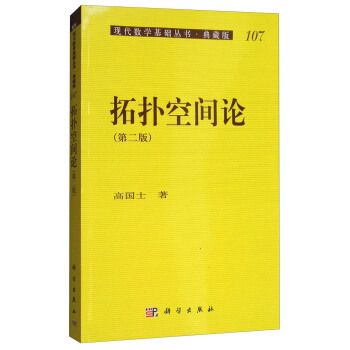
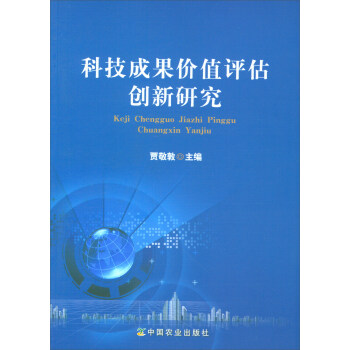
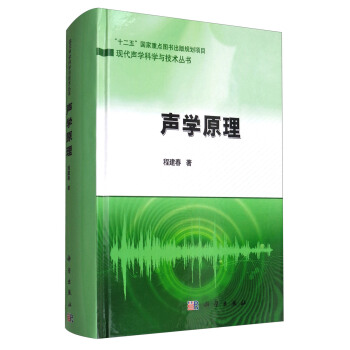


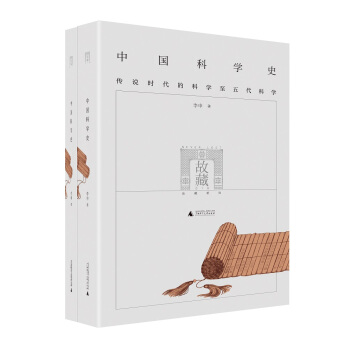
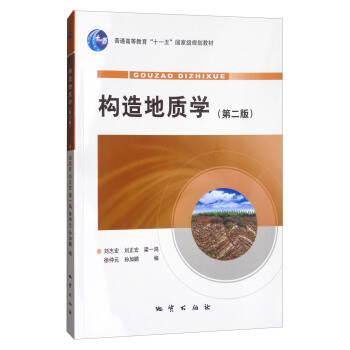
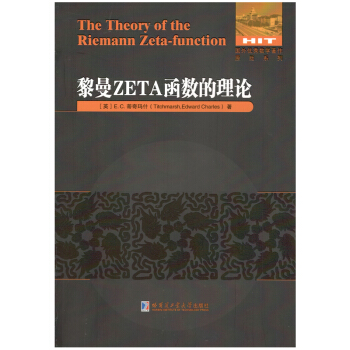



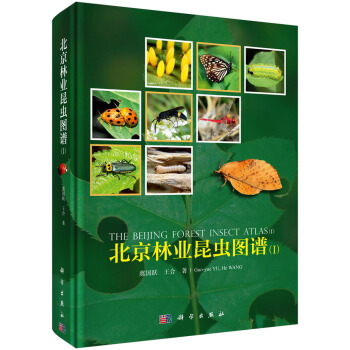


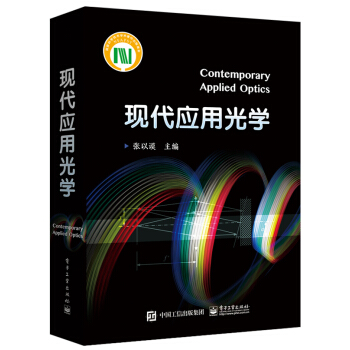
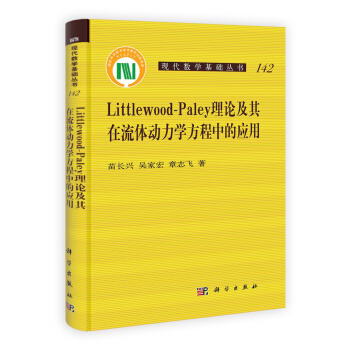

![环境微生物学实验技术 [Experimental technique of environmental microbiology] pdf epub mobi 电子书 下载](https://pic.windowsfront.com/12293465/5a97c5f8Ne32bdae5.jpg)
